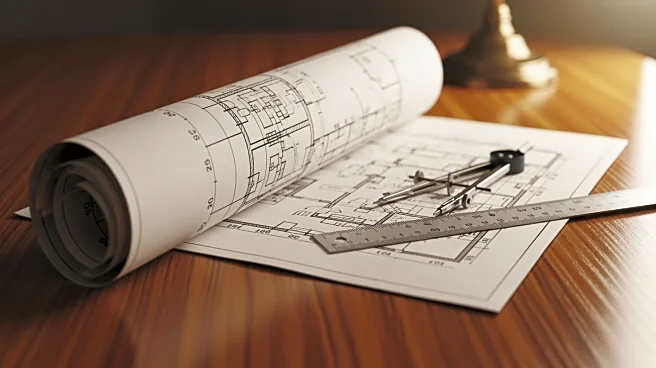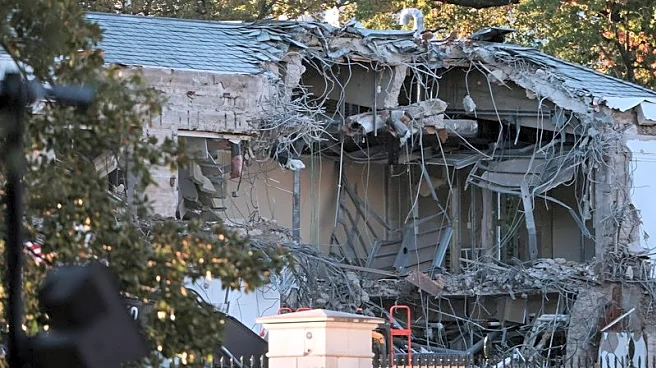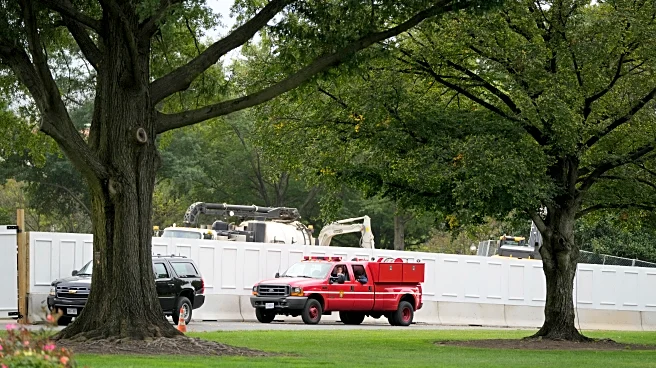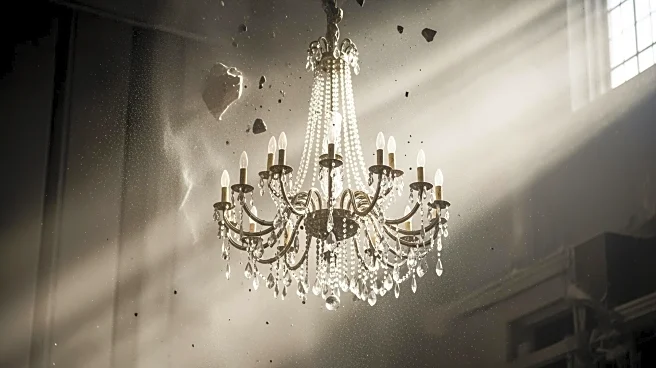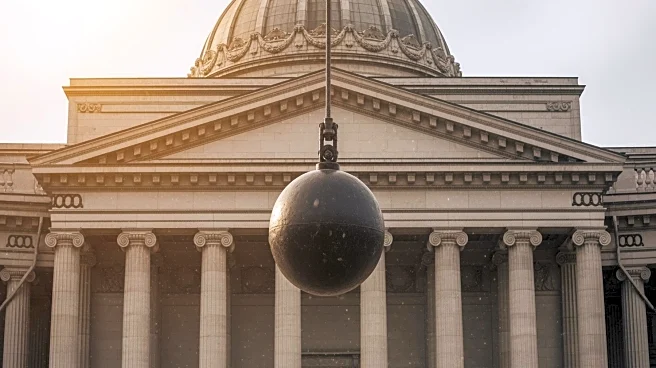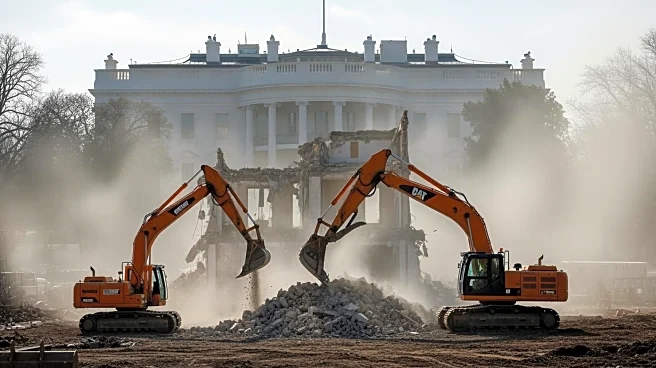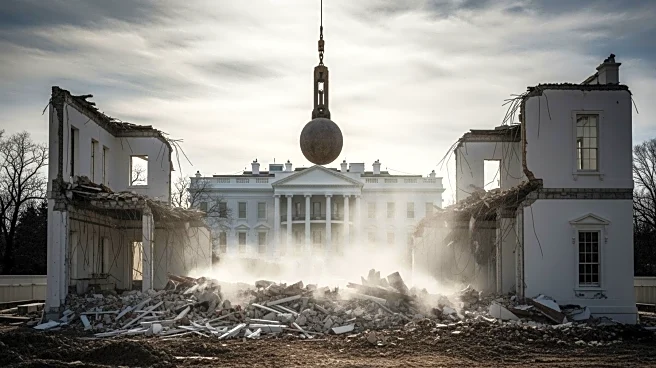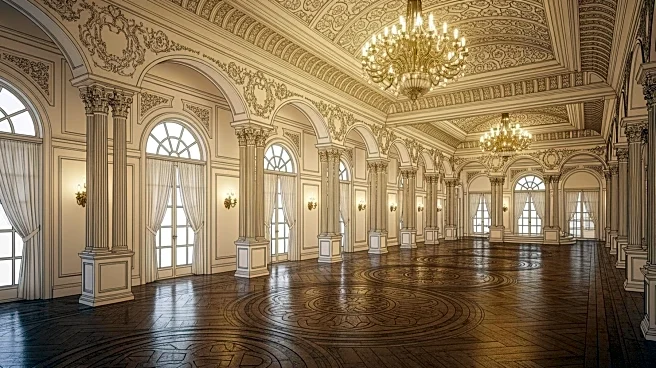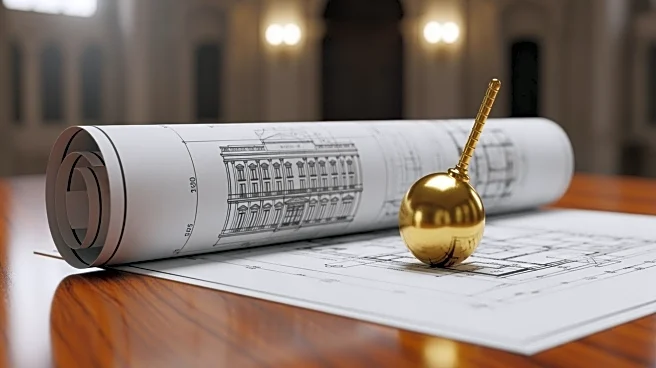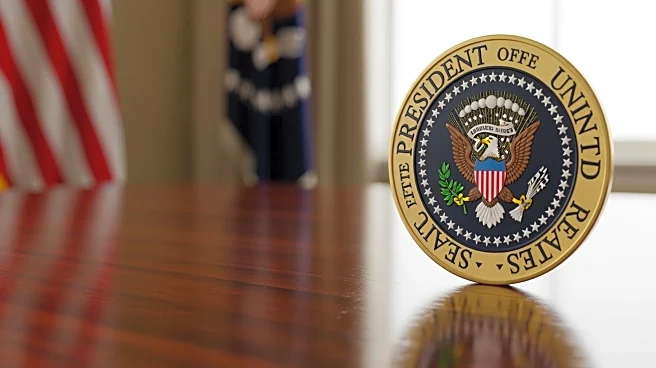What's Happening?
The White House has begun demolishing parts of the East Wing to make way for President Trump's new ballroom. The construction involves significant alterations to the historic building, with bulldozers
removing sections to accommodate the 90,000-square-foot ballroom. The project is funded by private donations, including contributions from major corporations. Trump has emphasized that the ballroom will enhance the White House's capacity for hosting large events, claiming it will not cost taxpayers.
Why It's Important?
The demolition and construction at the White House highlight issues of historical preservation and the use of private funds for public projects. The involvement of corporate donors raises ethical concerns about influence and policy-making. The project represents a significant change to the White House, potentially affecting its historical integrity and public perception. The ballroom's construction may set a precedent for future modifications, influencing how the White House is utilized for state events.
What's Next?
The construction of the ballroom will continue, with completion expected in the coming months. The project may face scrutiny from preservationists and political opponents who question the necessity and funding of such a large-scale addition. The administration will likely continue to emphasize the private funding aspect to mitigate concerns about taxpayer expenses. The ballroom's completion will influence how subsequent administrations approach renovations and event hosting at the White House.
Beyond the Headlines
The use of private funds for the ballroom raises ethical questions about donor influence and the potential for 'pay-for-play' scenarios. The involvement of major corporations in funding the project could lead to allegations of favoritism or policy influence. Additionally, the construction impacts the historical integrity of the White House, a symbol of American democracy, prompting discussions about balancing modernization with preservation.
